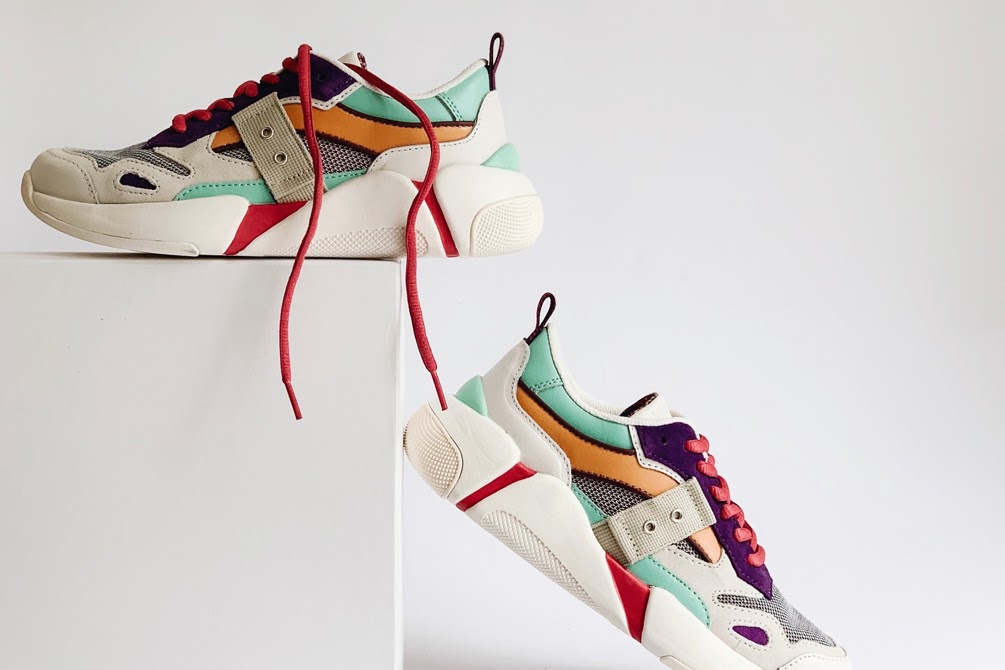If you want to start a screen-printing business, there is some equipment needed for screen-printing that you must have. If you are a newbie and don’t know where and what to start with, read on to know the screen printing equipment you need for your business.
With complete knowledge of all the primary and secondary screen printing equipment, you can set up your screen printing business without any hassle.
Top Screen Printing Equipment (Equipment You Need for Screen Printing Business)
– Screen Printing Press
– Flash Cure
– Exposure Unit
– Computer and Vector Software
– Pressure Washer
– Squeegee and Screen
– Miscellaneous and Consumables like inkjet, emulsion, spray adhesive, heat gun, sharpies, and more.
Screen Printing Press:
The first and foremost thing on your equipment list is obviously a screen printing press. It is highly recommended to buy an actual press instead of hinge clamps for screen-printing. This is because most of the presses have a pallet where you can easily load or split the substrate (shirt, t-shirt, bag, etc.) to simplify printing. This pallet goes inside the body of the substrate that makes it easily printable.
Again, your choice of screen printing machine depends on various factors. The first one is the number of colors you want to print. If you are a novice, you need not pick a big floor press like a six-color six station rotary press.
Remember that you always need a print head irrespective of the color you want to print. Each print head prints one color. For more flexibility, you can go for a four-color four-station screen printer. This printer features four crosses and a bench-top setup.
So, when starting your screen printing business, you can choose a smaller bench-top or table top press like the bench-top 4 color- 1- station screen printing press model.
Pro Tip: If you want to intend maximum flexibility and color printing ability as your business grows, pick an upgradeable press. You might need to invest comparatively more in purchasing an upgradeable press like a six-color screen printing press. However, the advantage here would be it will facilitate printing a large range of designs that include simulated process color onto dark garments as well.
Therefore, the primary criterion is the flexibility in printing you need while choosing a screen printing press for your business. The secondary criterion is your space factor and whether you want a compact bench or tabletop model or a full-size floor model.
Flash Cure
Next on your screen printing equipment list is a flash cure that is an air flash. Screen printers use flash cures as a press for multi-color print jobs. So, while carrying out a multi-color print job, you may need to dry the ink to touch between prints. It is where a flash cure comes in handy that air-dry the pallets when put on.
While an air flash would be ideal for water-based inks, an infrared flash would suit plastisol inks better.
Why You Need Flash Curing?
While curing substrates like shirts and t-shirts, ink needs to attain 320 degrees temperature throughout the entire firm for proper curing.
If it fails to attain that high temperature, it won’t be cured properly. This implies that curing temperature is supposed to reach a maximum all the way up through a substrate bottom. Therefore, if you measure the ink temperature on the top, it can cross 320 degrees unlike on the bottom. Using a flash dryer will help you achieve an even ink temperature throughout.
There is one important thing you must keep in mind while using a flash dryer. The flash cure unit is an open-source of heat. It is unlike an oven chamber and doesn’t have any area for the accumulation of heat. This means that changes in the ambient temperature of the surrounding can affect the flash cure.
Hence, you must always be careful about fans, open windows, breeze, or any other sort of situational fluctuations. As it could affect the temperature and affect flash curing.
Exposure Unit
The exposure unit features an LED vacuum top that screen printers use to expose the screen for the photographic process. Printers need a source of light – UV light to be specific. One can also use sunlight as an alternative source of UV light.
However, the problem with using sunlight is that one cannot guarantee it to be even and available every single day. On cloudy or rainy days, you may not get it properly. Hence, pick a UV light source like a blue fluorescent tube, quartz light, etc. for your purpose.
One point worth noting here is that light fluorescent tubes don’t provide UV enough to harden the emulsion. The same is the case with quartz lights. So, selecting the right light source for increased efficiency is highly important.
For an economical entry-level light source, Ryonet’s LED screen exposure unit can be a good choice. It produces up to three times more UV light than less intense UV sources and is economical for high-quality images.
Computer
A computer with vector software comes next in the list of screen printing equipment. For screen-printing, people vector art created with Adobe Illustrator, or Photoshop or Corel.
Along with that, you will need an inkjet printer to print to the inkjet film you need for making screens.
Pressure Washer
Screen printers need a pressure washer while making screens and reclaiming them. In addition, they may need running tap water or a garden hose. This will be helpful in washing the stencils out and avoiding the spraying of water on the printed area of the substrate.
Basically, the pressure washer helps in stripping the screen of emulsion, mask wrapping, de-hazing, and any other screen manufacturing process where you need high water force/pressure instead of chemicals for the completion of your job.
Squeegee (And Screen)
The next item is a squeegee and even more important – a screen. You need a squeegee to print with the screen. You will also need a scoop coater to apply a smooth and even coat of emulsion on the screen that you can take over to the exposure unit.
Following that, you will expose the screen under the exposure unit using a film positive to make a stencil. You can now print with the squeegee on the press.
Miscellaneous
Now that you have already understood what all screen-printing equipment you need primarily, read on to know a few more that you may need for your business. All these miscellaneous items are generally consumable items that you require time and again.
Inkjet Film
– Among a few secondary items you would require is an inkjet film. It is a consumable item as you consume it in every print job. You can use an inkjet film to print film positives to make the screen.
You also require ink – plastisol or water-based ink along with an ink solvent to clean up plastisol ink from the screen and squeegee.
Emulsion
– An emulsion goes into the scoop coater to be coated onto the screen to produce a photographic stencil. Along with that, you need an emulsion remover that helps strip the emulsion off the screen before reusing it.
Spray Tack (Spray Adhesive)
– A spray tack is basically an adhesive used on the pallets to keep the substrates in place while printing on them.
Some other screen printing equipment or items you may possibly need are a heat gun, infrared temperature gun, masking tape, sharpies, scotch tape, scrubby pads, chemical resistant spray bottles, a ruler, etc.
All Set to Start a Screen Printing Business?
Any business requires you to have a detailed understanding of all the equipment and items you need for that. The same goes for the equipment needed for the screen printing business well before you start.
If you have made up your mind to start a screen printing business, you can refer to the above-explained screen-printing equipment list and save a good deal of time, and hassle in searching for requirements.
Want help setting up your online screen printing business? Check out our cutting-edge web-to-print storefront solution that can help you kick-start your business in no time.
All product and company names are trademarks™, registered® or copyright© trademarks of their respective holders. Use of them does not imply any affiliation with or endorsement by them.








Follow with us